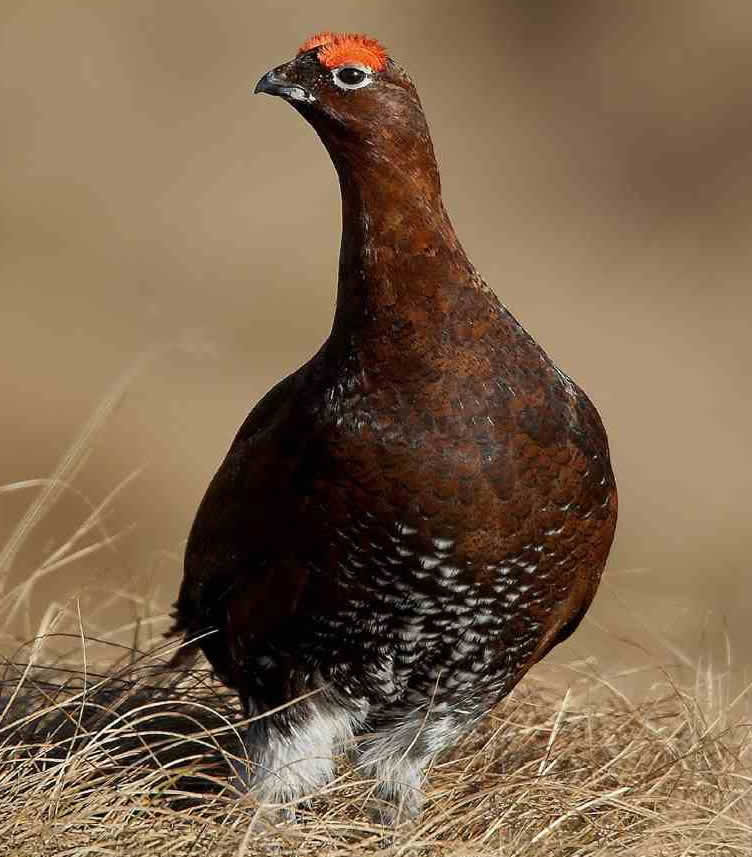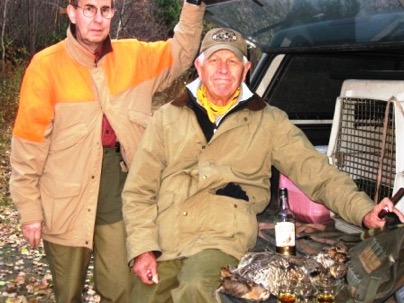
The Glorious Twelfth
Much like our ruffed grouse of North America, red grouse cannot be domesticated, so their habitat of moors and heather are carefully managed year after year by gamekeepers (through prescribed burns, which regenerate young heather that grouse feed on). This management benefits many other bird and mammal species as well, much like our logging practices do, when properly executed. Red grouse also face all of the same obstacles to survival as our ruffed grouse do: weather, particularly during the spring hatch and predators make an impact on their success.
My brother-in-law has actually participated in a red grouse shoot, years ago, and I'm not sure if he was successful in his quest to bag one. They are supposed to be terrifically fast in flight, especially when there's a healthy wind at their back to aid in flight. They are larger than our ruffs, so that helps, but the open expanse of the heathland helps keep the red grouse on alert for a hunting party's arrival. Yes, they're hard to sneak up on.
A red grouse hunt might not be in the cards for me, but I'll hold out some hope. As many of my long time clients may attest, we sometimes share a glass of "Famous Grouse" scotch whisky at the end of a day's hunt. Perhaps it was a memorable day, or particularly successful or enjoyable, but it's smoky goodness helps warm us on a cool day and reminds us of our adventures pursuing our King of the Gamebirds.
As you can see in the picture, Chris and Frank had one of those days (perhaps in 2010 or 2011) and we just had to praise the uplands for our success.

